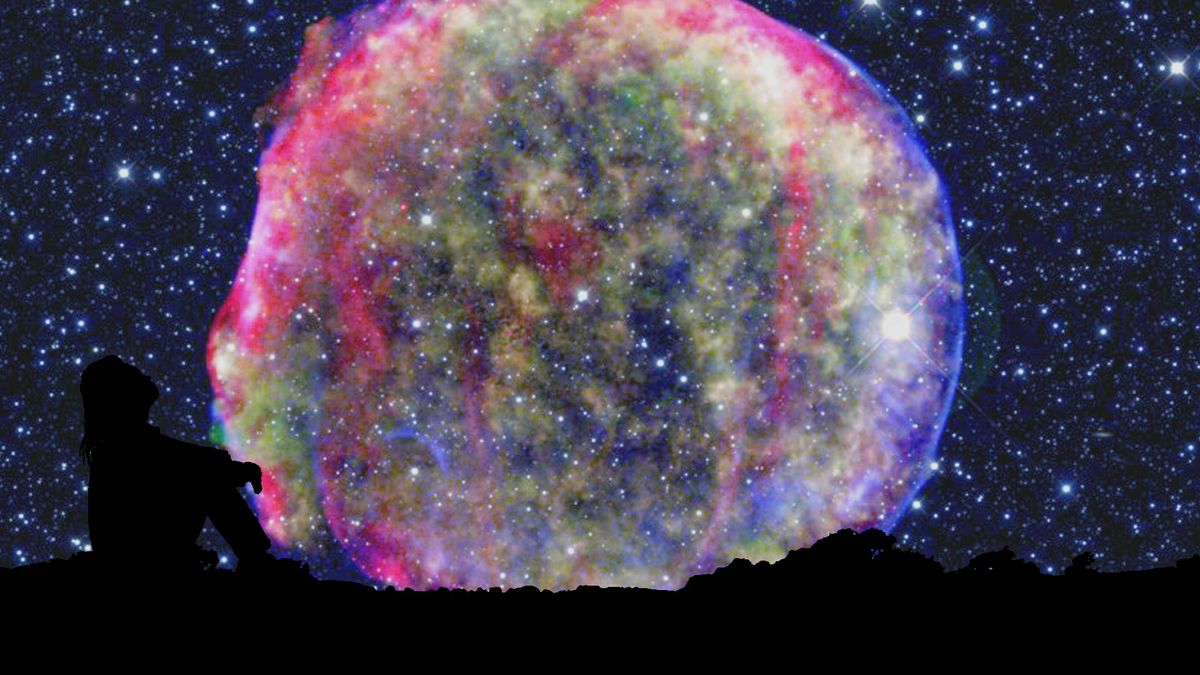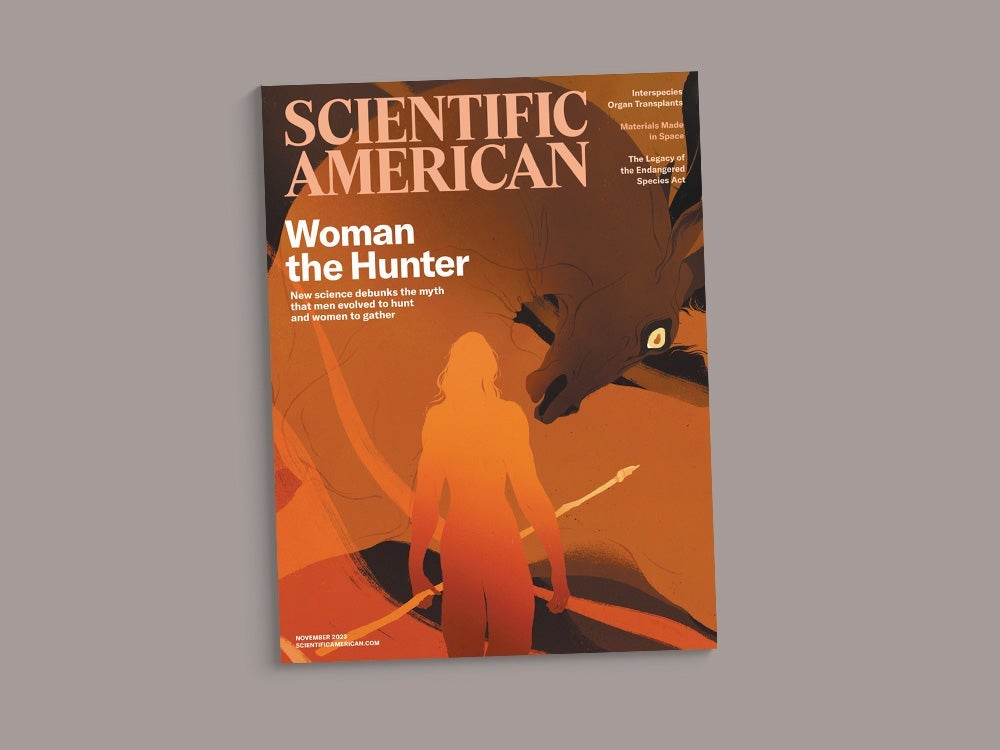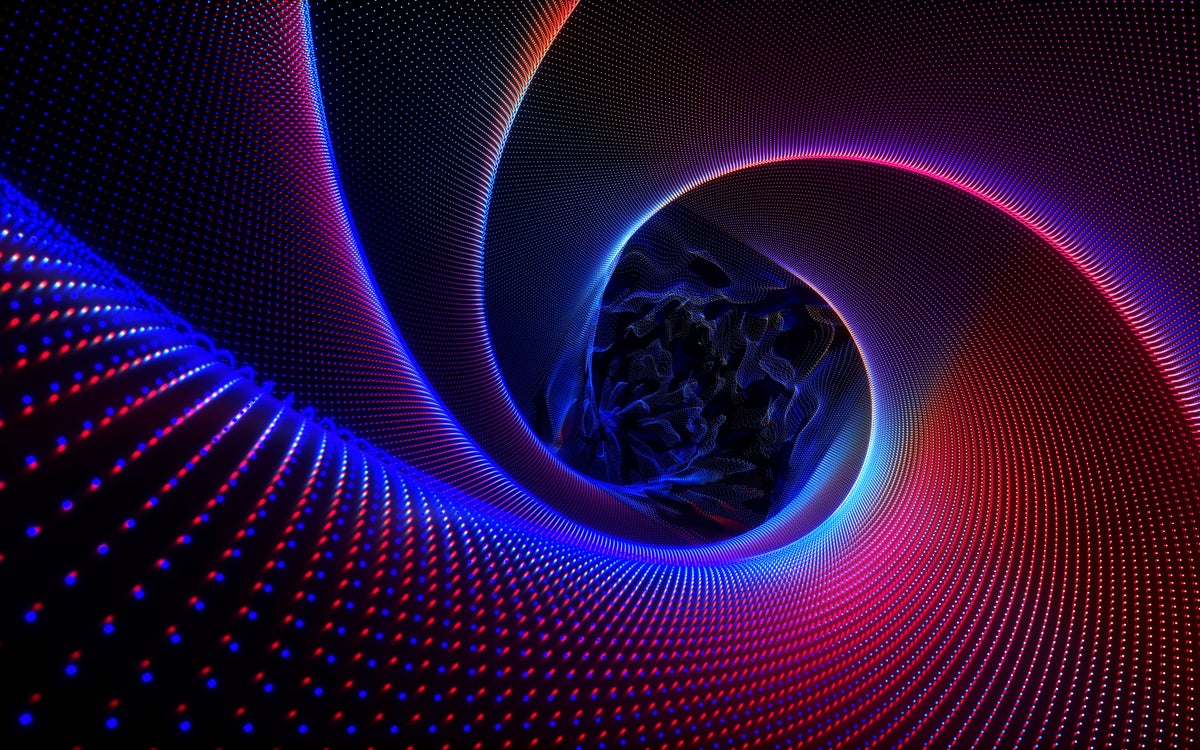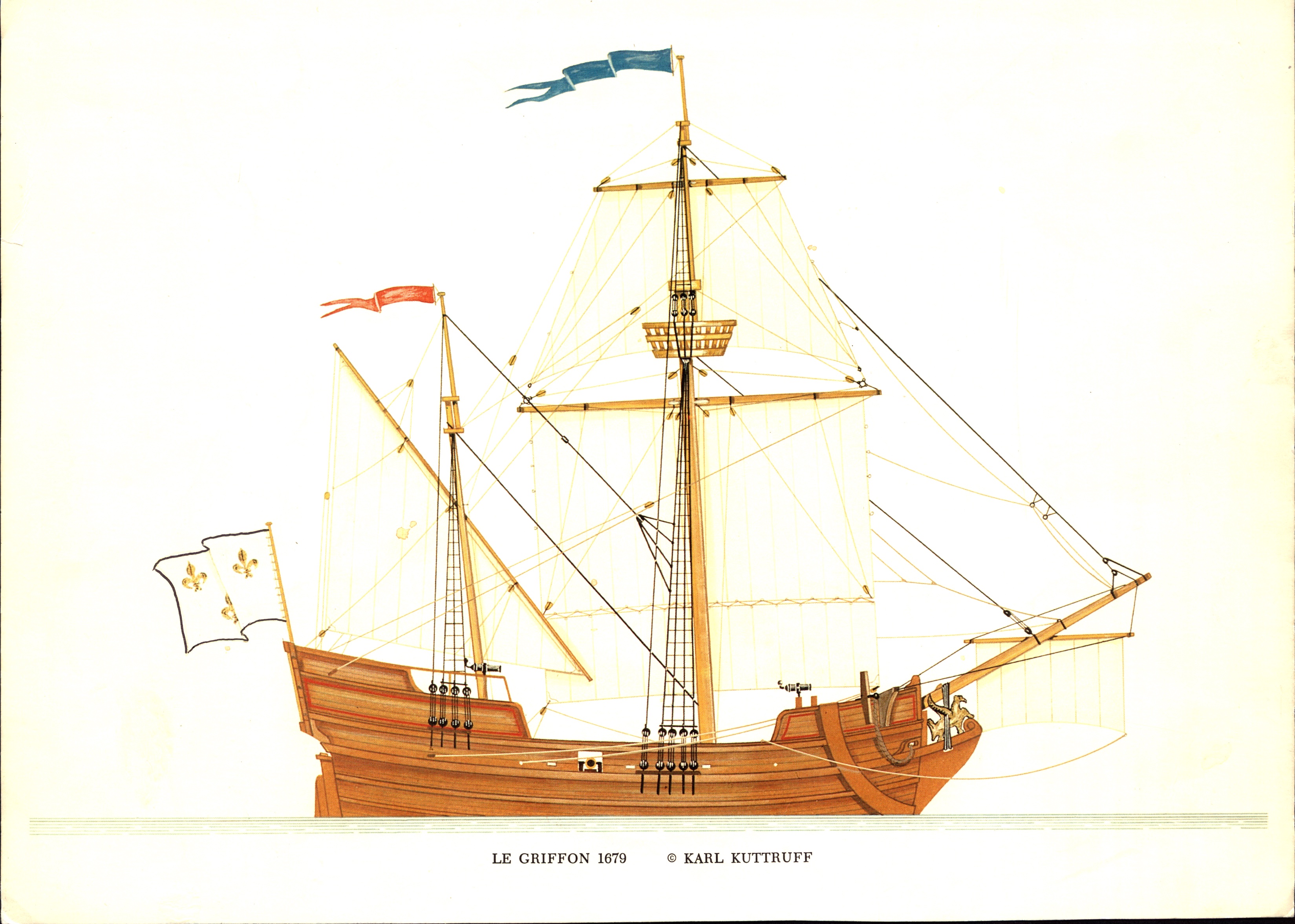Rachel Kushner’s Creation Lake has been shortlisted for the Booker prize
Creation Lake
Rachel Kushner (Jonathan Cape (UK, 5 September); Scribner (US, 3 September))
Creation Lake by Rachel Kushner is a thriller, a spy caper, a comedy and also a poetic take on human history all the way back to the time our species, Homo sapiens, shared Earth with the Neanderthals. It is a sensationally enjoyable novel and has deservedly made the Booker prize longlist.
The story is narrated by our anti-hero, Sadie Smith (not her real name). She is a US undercover operative working for shady employers who is sent to France to infiltrate and ultimately destroy Le Moulin, a group of eco-activists whose members are known as Moulinards.
Sadie sets about her task in an entirely amoral fashion. First, she seduces a man named Lucien who has contacts within the activists. After a few months, she has secured work among the Moulinards and travels to Lucien’s family house, conveniently placed in an area of Guyenne, south-west France, where Le Moulin is based.
The roof leaks, but the house itself is a great eyrie to spy upon her prey from – a job made easier by her high-powered, military grade binoculars and a caseful of high-tech kit.
The novel’s structure is brilliant. We follow Sadie as she worms her way into the justifiably paranoid Moulinard community. We are also led backwards through her life, rifling through her backlist of operations and lingering resentments against those who are attempting (rightly) to expose her. We gradually realise our apparently super-professional operative takes unnecessary and dangerous risks. Is she, in fact, a vulnerable young woman hanging by a thread, or a grenade with the pin pulled out? Or both?
These two strands, moving forwards and backwards, are equally gripping, each informing the other with perfect dramatic timing. But it is the book’s third strand, relating to a much older man’s emails, that becomes the beating heart of the book.
Sadie has hacked into Le Moulin’s group email account so she can read every message they get from someone named Bruno Lacombe. He is a mentor and inspiration to the group, and it makes sense that she pays his emails particular attention.
In the messages, Bruno talks about his views on the superiority of Neanderthals, the inferiority of H. sapiens and his life living alone in a Neanderthal cave. He also lectures the Moulinards on the history of the Guyenne area.
As a plot device, these emails have every right not to work. But we quickly learn to read them intently, just as Sadie does. Soon we realise that it is the relationship between Sadie and Bruno (albeit a relationship only she knows about) that is at the emotional centre of the novel.
She is more interested in him and what he has to say than any of the Moulinards are. Might she run into him before her operation in France is over?
I found Bruno’s musings on the Neanderthals, however biased and unscientific, particularly gripping – perhaps because I read them while on a New Scientist tour of the prehistoric art of northern Spain. The oldest artwork there is believed to be by Neanderthals, and however different (or not) they were from us, Bruno’s passion is evocatively captured.
I can’t say any more without spoiling the high-octane plot. As for Sadie, does she deserve our sympathy, and where do the book’s events leave her as a person? I look forward to reading this again, and perhaps puzzling that out.
Emily also recommends…
The Ministry for the Future
Kim Stanley Robinson (Orbit)
Creation Lake is arguably climate fiction. But if you want the ultimate in cli-fi, then read The Ministry for the Future. The book plays out a scenario that is almost upon us as the world heats up. Its structure, made up of fictional eye-witness accounts, is bold and relentlessly brilliant.

New Scientist book club
Love reading? Come and join our friendly group of fellow book lovers. Every six weeks, we delve into an exciting new title, with members given free access to extracts from our books, articles from our authors and video interviews.
Topics:














